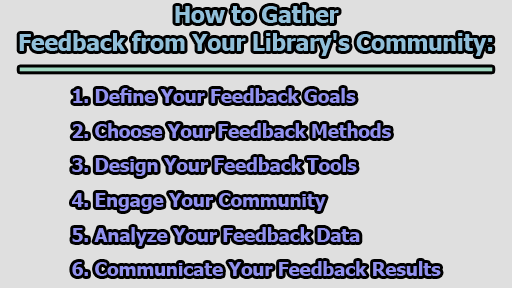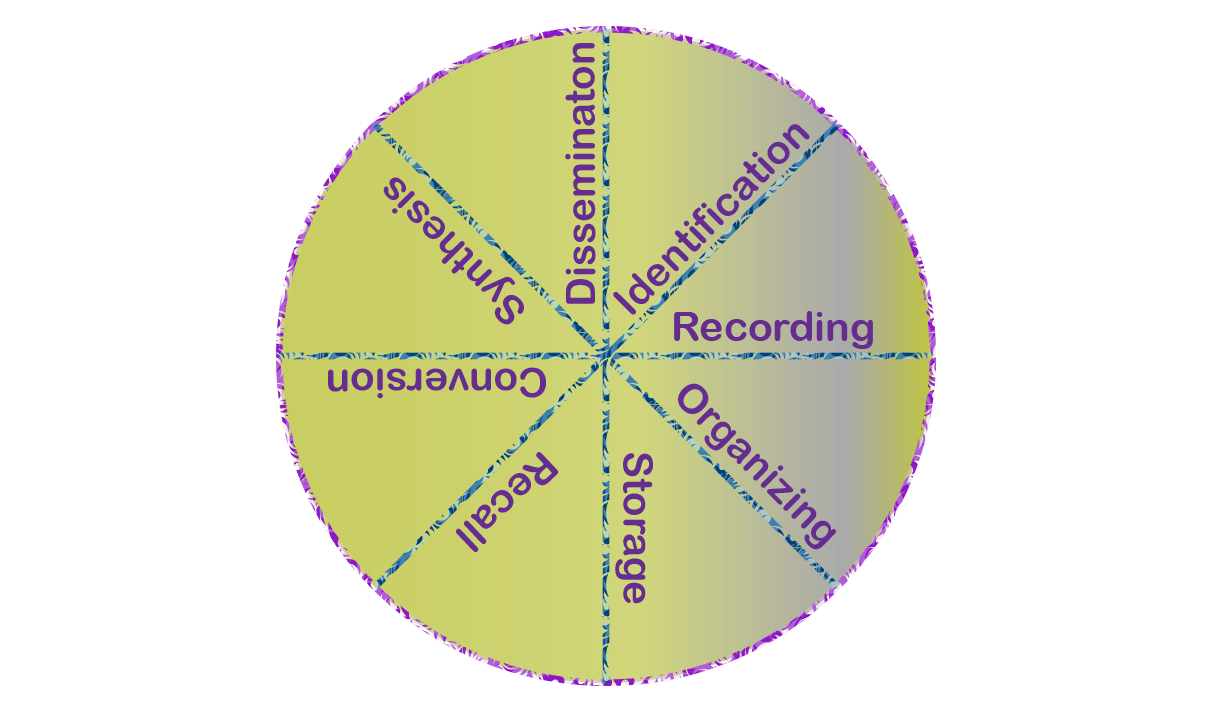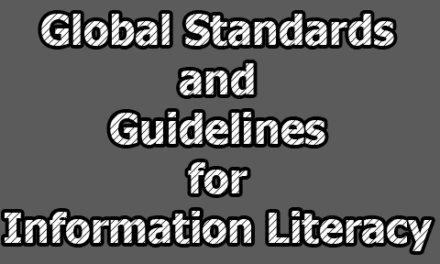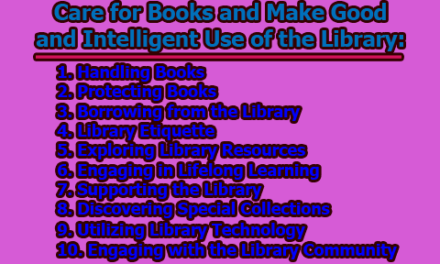How to Gather Feedback from Your Library’s Community:
In the ever-evolving world of libraries, community feedback is an invaluable resource that guides improvements, ensuring that services align with the dynamic needs and preferences of their patrons. Collecting and effectively analyzing this feedback can be a challenging but vital task. This article will provide a guide on how to gather feedback from your library’s community and use it to enhance the library’s performance and impact.
1. Define Your Feedback Goals: Before embarking on a feedback collection process, it is essential to establish clear goals. Determine what you want to achieve with the feedback. Ask yourself key questions:
- What are the primary issues or aspects of library services you want to assess?
- How will you use the feedback to make informed decisions and take action?
By establishing your feedback goals, you can tailor your feedback strategy accordingly, select the most appropriate tools, and effectively communicate the purpose to your community.
2. Choose Your Feedback Methods: There is a wide array of methods available to gather feedback on library services, each with its own set of advantages and disadvantages. Common methods include surveys, interviews, focus groups, observation, suggestion boxes, comment cards, and online platforms. Depending on your goals, consider using a single-method or a mixed-method approach.
When choosing your feedback method, consider factors such as feasibility, cost, validity, and ethical and privacy considerations. Ensure that the method aligns with the demographics of your community and their preferences.
3. Design Your Feedback Tools: Once you’ve determined your feedback methods, it’s time to design the tools for collecting feedback. These may include questionnaires, interview guides, focus group protocols, observation checklists, or online forms. Regardless of the tool, they should be clear, concise, relevant, and respectful.
Avoid leading, biased, or ambiguous questions, and ensure the use of appropriate scales, formats, and languages. It is crucial to test these tools before implementing them, making necessary adjustments based on feedback from a small sample group.
4. Engage Your Community: Community engagement is vital for obtaining valuable feedback on library services. Reach out to as many community members as possible, ensuring the inclusion of diverse and representative voices. Explain the purpose and benefits of the feedback initiative and invite the community to share their opinions and experiences.
Respect their time, preferences, and feedback rights. Express gratitude for their contribution, as this will encourage ongoing participation and reinforce the sense of community ownership of library services.
5. Analyze Your Feedback Data: Once you have collected feedback, the next step is data analysis. Utilize appropriate methods and tools to organize, summarize, and interpret the data. Common analysis techniques include descriptive statistics, thematic analysis, and data visualization.
Ensure the quality, reliability, and validity of your data and address any limitations or biases. It is also beneficial to compare your data with other sources of information, such as benchmarks, best practices, or relevant literature.
6. Communicate Your Feedback Results: The final step in the feedback process is to communicate your findings to your community and other stakeholders. Prepare clear and concise reports, presentations, or infographics that highlight the main findings, conclusions, and implications of the feedback.
Share the results with your community, acknowledging their participation and input. Use the feedback results to inform your library planning, improvements, and advocacy actions.
In conclusion, collecting and analyzing feedback from the community is a crucial aspect of maintaining and improving library services. By clearly defining your feedback goals, choosing the right methods, designing effective feedback tools, engaging the community, analyzing the data, and communicating the results, libraries can ensure that their services remain relevant and responsive to the needs and preferences of their patrons. In doing so, libraries can strengthen their impact and support their communities effectively.

Former Student at Rajshahi University










